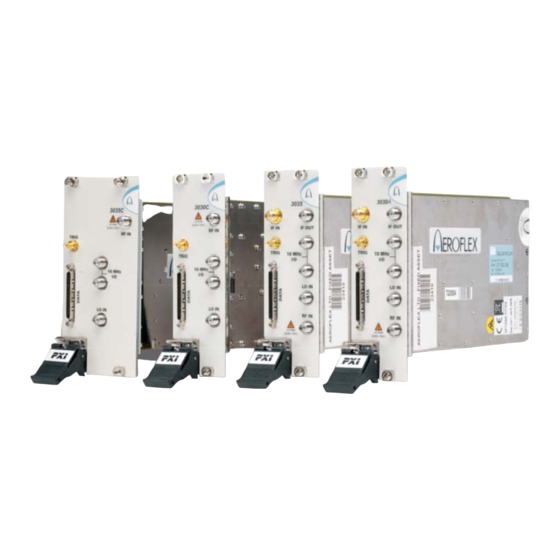
Aeroflex 3030 Series User Manual
Wideband rf digitizer pxi modules
Hide thumbs
Also See for 3030 Series:
- Operating manual (92 pages) ,
- Common installation manual (44 pages)















Need help?
Do you have a question about the 3030 Series and is the answer not in the manual?
Questions and answers